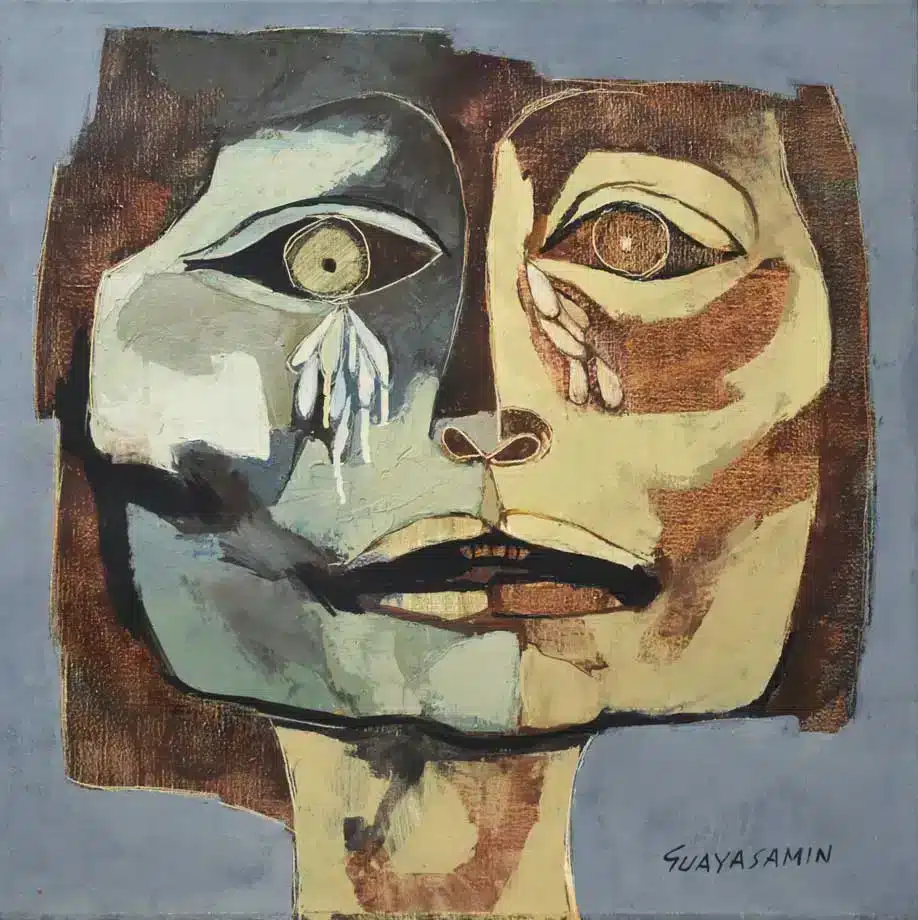
Guayasamín’s Impact on Contemporary Latin American Art: A Lasting Legacy
Oswaldo Guayasamín (1919-1999) was a Ecuadorian artist whose emotive paintings and sculptures delved into the core of the human experience. Character

watercolor on paper
14.17 x 18.89 in
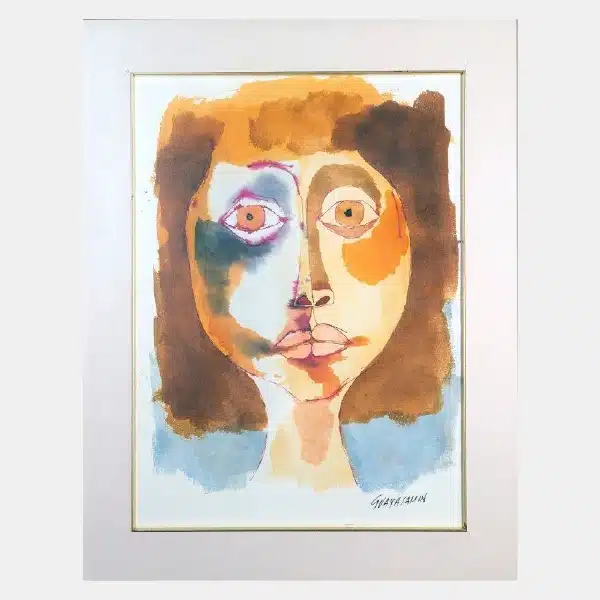
Watercolor on paper
36 x 48 cm
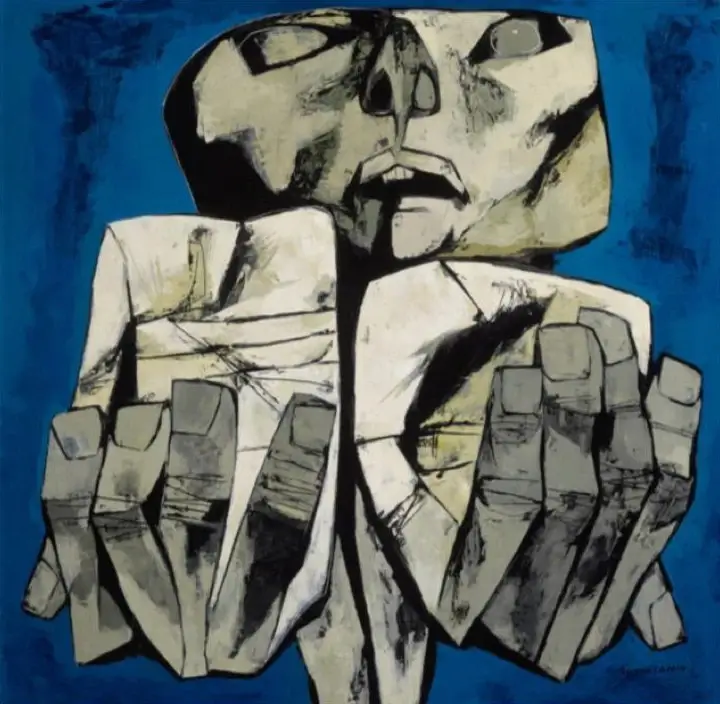
Oil on canvas
39.37 x 39.37 in
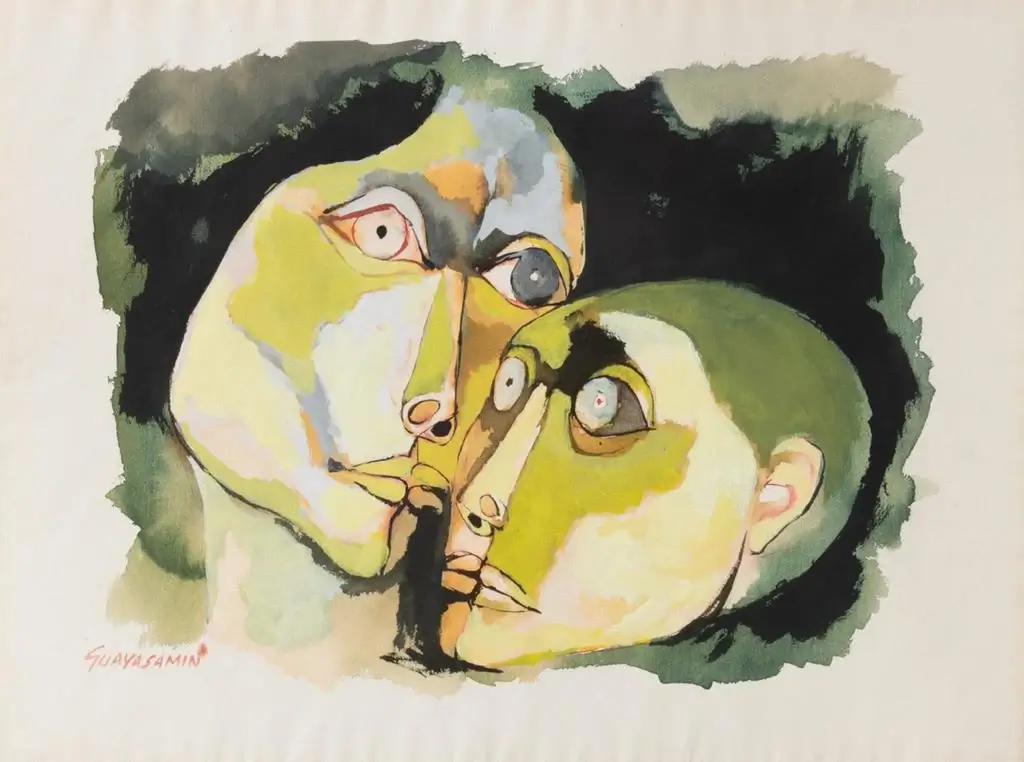
Watercolor on paper
30.70 x 26.77 in
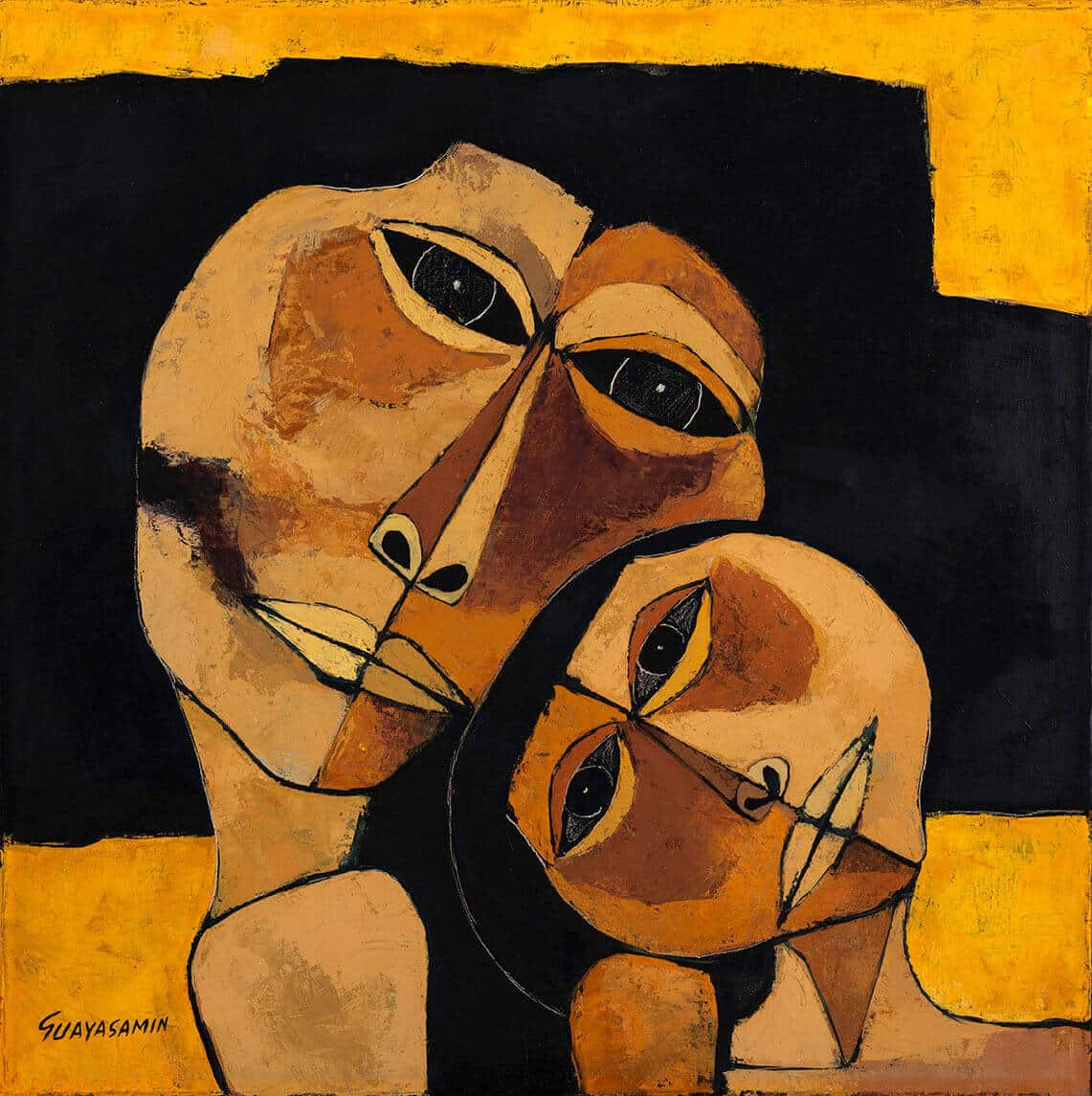
Oil on canvas
21.65 x 29.92 in
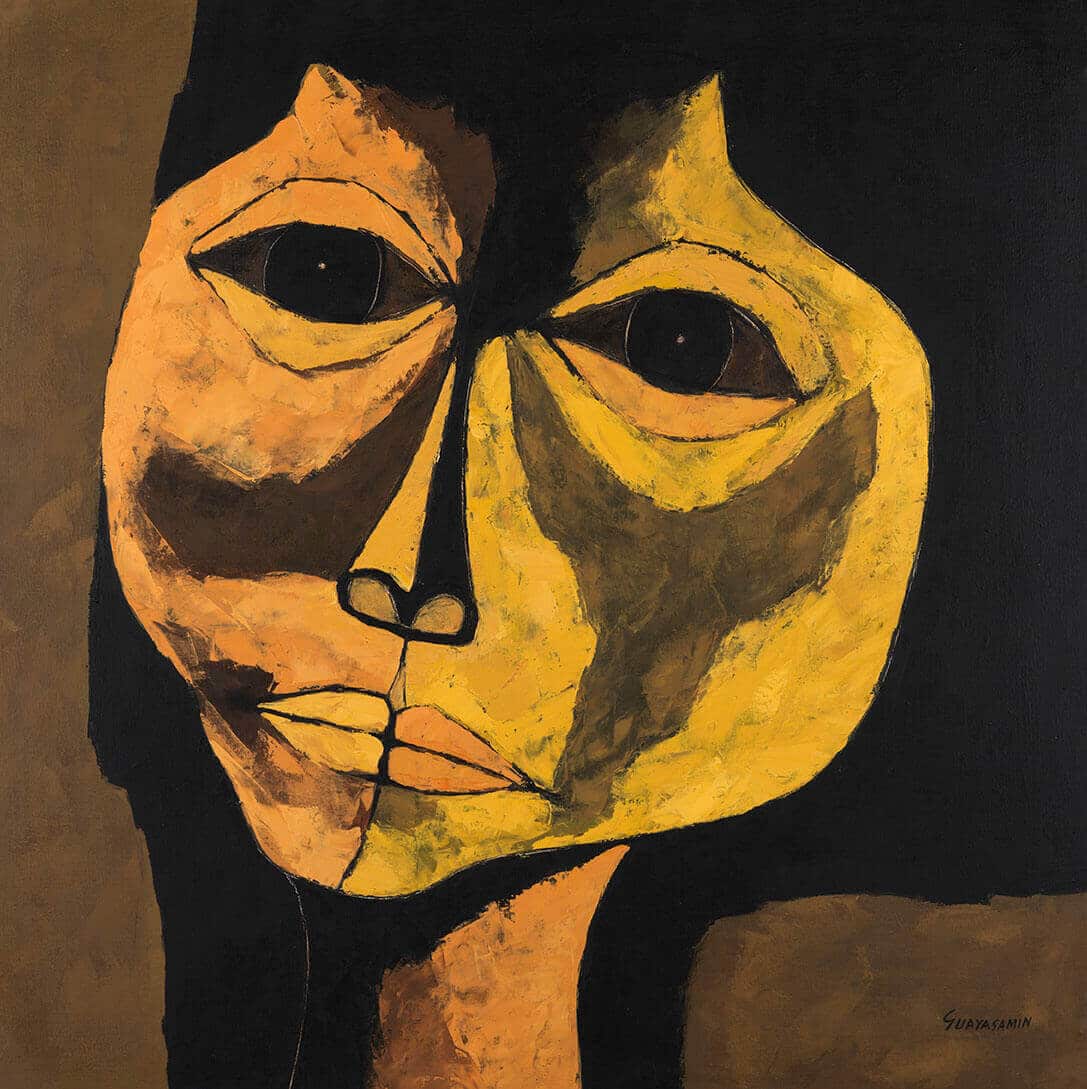
Oil on canvas
29.52 x 29.52 in
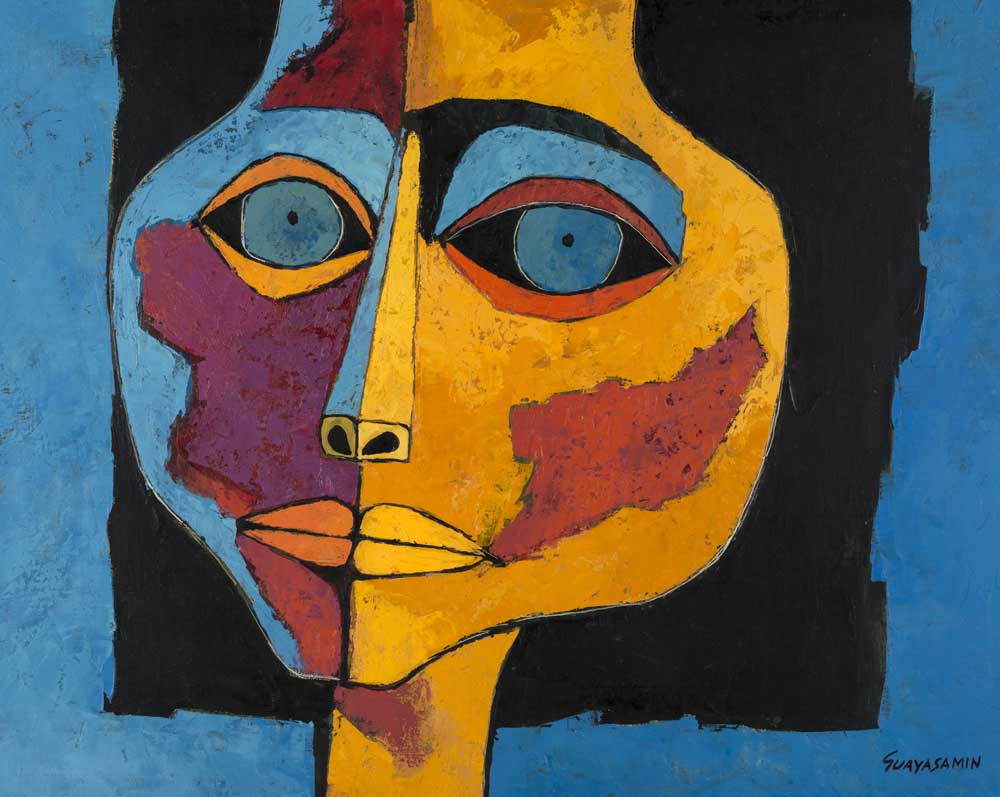
Oil on Canvas
39.37 x 39.37 in
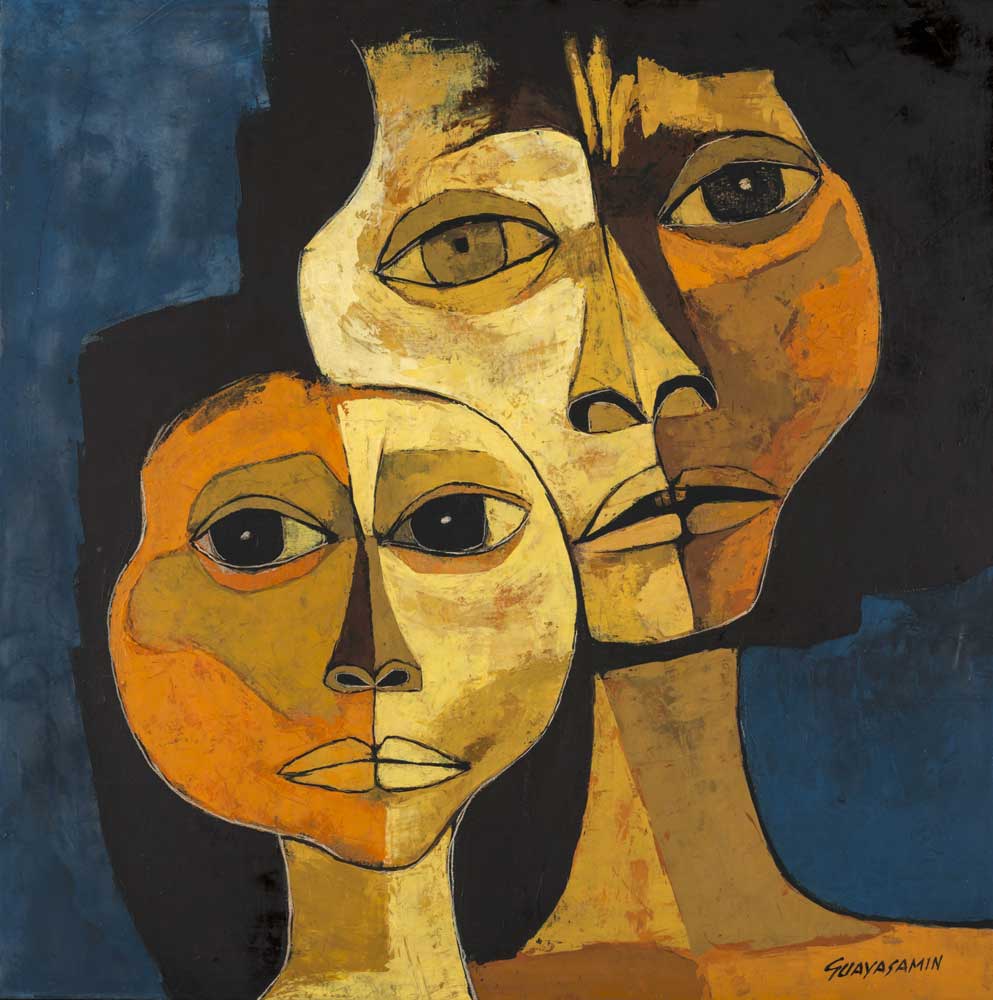
Acrylic on canvas
31.49 x 39.37 in
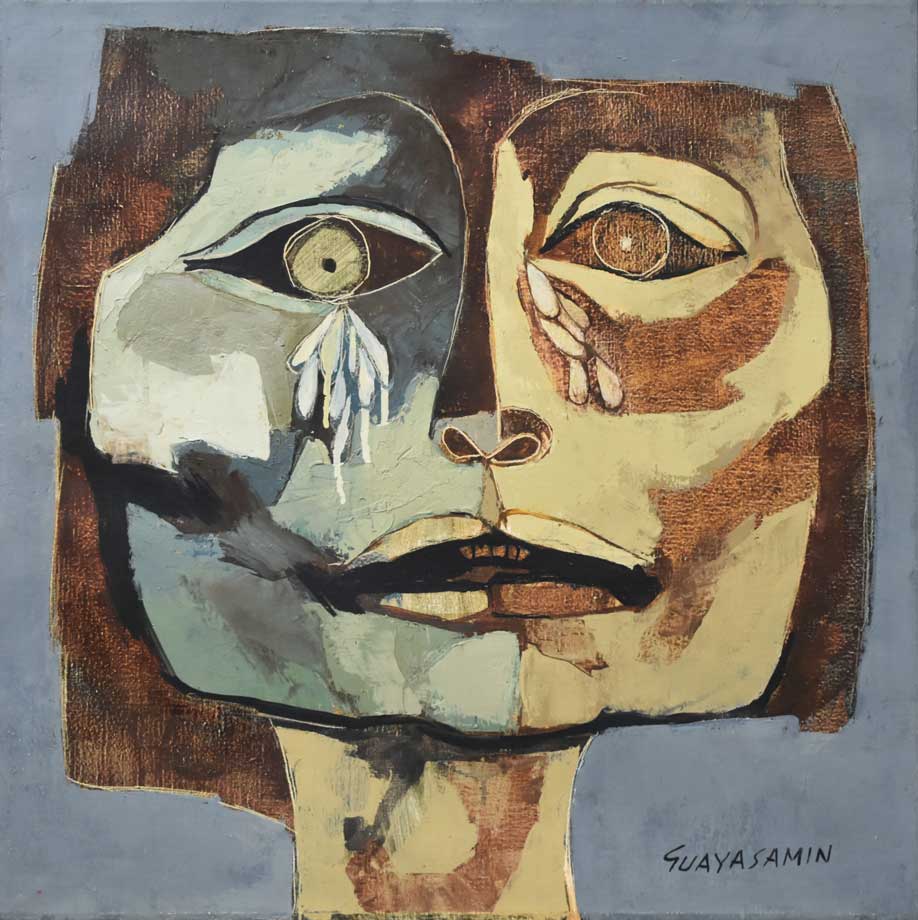
Oil on canvas
23.62 x 23.62 in
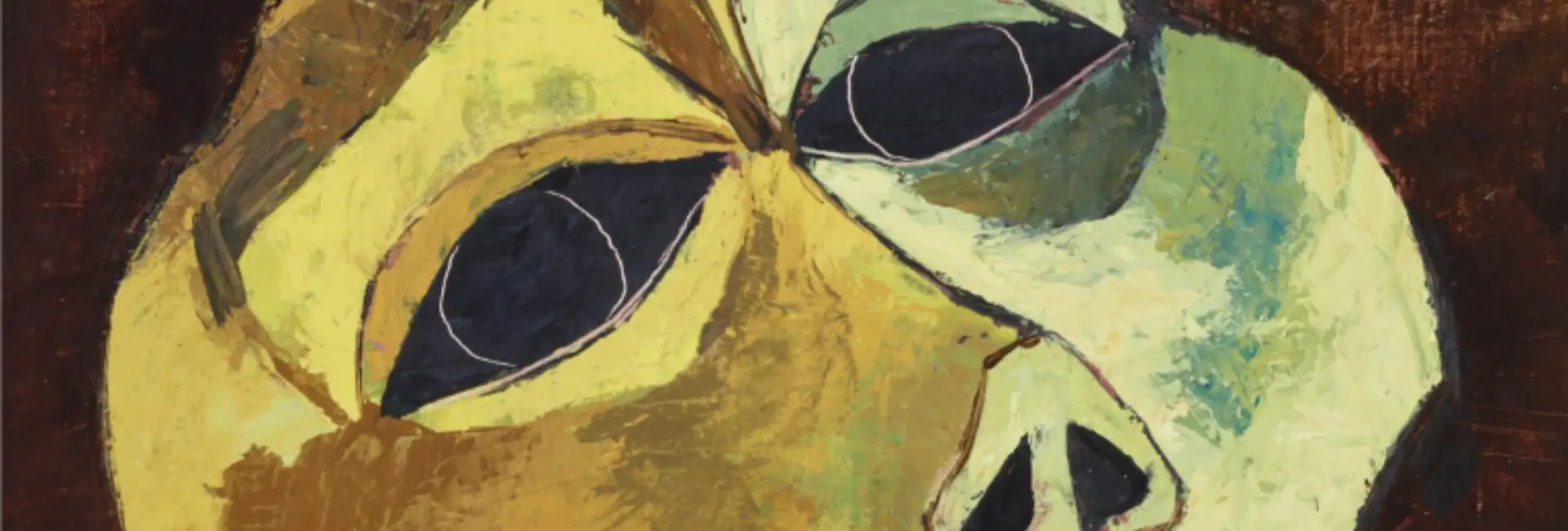
Oswaldo Guayasamín was an Ecuadorian artist whose work is characterized by its expressionist representation in the Latin American style, merging the avant-garde of the beginning of the century, cubism and expressionism with a strong indigenous theme of a Latin America before the conquest. The artist focused especially on portraying the rampant oppression, poverty and political strife he witnessed growing up.
He was born on July 6, 1919, in Quito, Ecuador. He was the eldest of 10 siblings, children of a humble family. His father was a tractor driver and then a cab driver, his mother died quite young. At the age of seven he already imprints his artistic vocation and paints his first works, striving to find his own language.
In 1932 he entered the School of Fine Arts and there he also clashes with the molds and traditions; soon he is the first student and at the same time the best teacher, and his paintings have an impact on everyone who sees them.
His first encounter with the cruelty of life, the scourge of violence and the injustice of murder, which fills his heart with anger and rebellion, is captured in the painting entitled “Los Niños Muertos” (The Dead Children), which depicts the brutal scene of a group of corpses piled up in a Quito street, including a boy from his neighborhood, his best friend, killed by a stray bullet. Since then, he has taken a stand against the cruelties and injustices of a society that discriminates against the poor, the Indians, the blacks and the weak. It militates in the causes of solidarity with the oppressed peoples, in the struggle for Latin American integration, against dictatorships, against the abuses and aggressions of the powerful and imperialist countries; for peace.
In 1941 he graduated from the School of Fine Arts and two years later he won the “Salón Mariano Aguilera”; the first important prize of his life, then the Grand Prize of the III Biennial of Barcelona, Spain (1955-1956), the First Prize of the Biennial of Sao Paulo (1957).
He made a trip between 1944 and 1945 from Mexico to Patagonia where he made notes and drawings of what would be his first series of 103 paintings, called “HUACAYÑAN” 1948 – 1960, which in Quichua (one of the aboriginal languages of Ecuador), means “Way of Crying”. Throughout his life he traveled to various places in the world such as China, India, USSR, Egypt, Greece, and all over Europe, but especially to Cuba, where he developed a great friendship with Fidel Castro, whom he painted several portraits.
In 1976, together with his children, he created the Guayasamín Foundation, through which he donated his entire patrimony to Ecuador and organized three museums: Pre-Columbian Art (more than 3,000 pieces), Colonial Art (more than 800 pieces) and Contemporary Art (with more than 250 works). In the latter are exhibited the paintings of his most important collection painted between 1964 and 1984, “THE AGE OF THE IRA”, his second great series that reflects the cruelties of the Spanish Civil War, the Nazi invasions, the concentration camps, Hiroshima, Vietnam; the CIA’s handling of the invasions of Playa Giron, Dominican Republic, Panama; and torture and genocide by the dictatorships of Chile, Argentina, Uruguay, etc..and paintings of his third great series called “MIENTRAS VIVA SIEMPRE TE REMUERDO” a tribute of tenderness and love to his mother, and the mothers of the world.
He has had monumental exhibitions -more than 100 works- in the most important museums of France, Spain, Italy, the former USSR, Poland, Czechoslovakia, Bulgaria, Mexico, Cuba, Colombia, Venezuela, Peru, Chile, Argentina, etc. He paints great contemporary characters, writers, artists, politicians, statesmen. Among them are Juan Ramón Jiménez, Neruda, Rulfo, Gabriela Mistral, Benjamín Carrión, Gabriel García Márquez, Ernesto Cardenal, Danielle and Francoise Mitterrand, King Juan Carlos of Spain, Princess Caroline of Monaco, and many more.
Critics, collectors and world personalities consider that Guayasamín’s prolific and highly personal work -whose identity is universally unmistakable- will transcend, because in it is reflected, with anger, with tenderness, the image of “THE TIME I HAVE LIVED” as Guayasamín himself says in a book published by the Institute of Ibero-American Cooperation of Spain.
In 1996 he began his most important work in Quito, the architectural space called “LA CAPILLA DEL HOMBRE”, to which he dedicates all his efforts. He died on March 10, 1999, in Baltimore, USA, without seeing this project completed.

Oswaldo Guayasamín (1919-1999) was a Ecuadorian artist whose emotive paintings and sculptures delved into the core of the human experience. Character
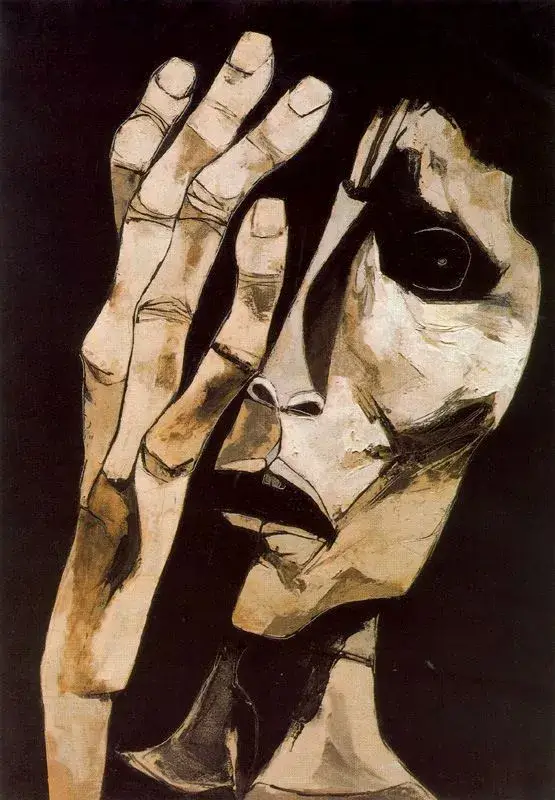
This series, conceived between 1962 and 1989, shows the desperation that plagues those who find themselves in situations of oppression and violence.
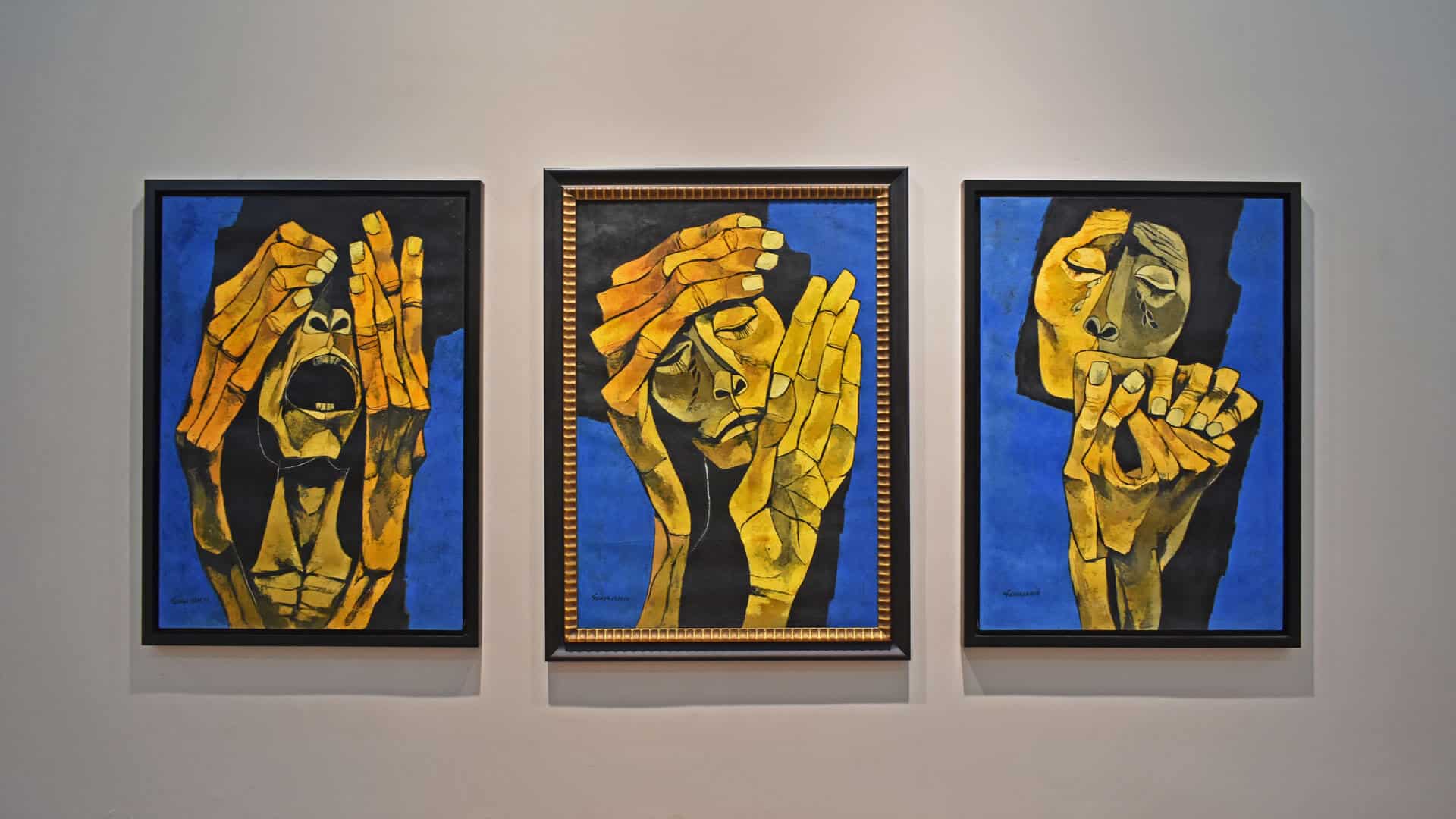
We can say that Oswaldo Guayasamín is the most important artist in Ecuador and one of the most important in Latin America. During his career, he deve
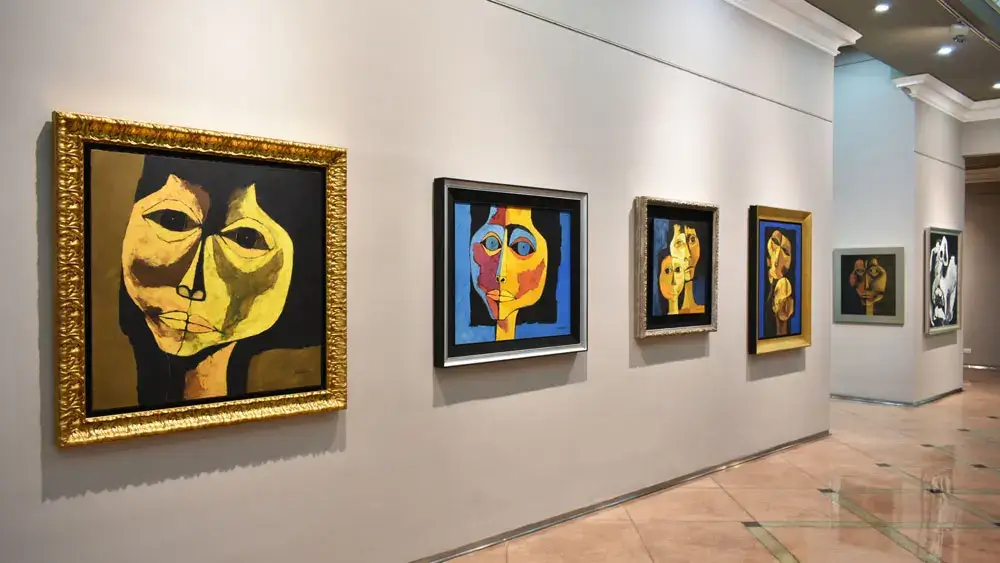
Although expressionism in Latin America was the result of the contagion of the European avant-garde, it is a movement very much its own, as it genera
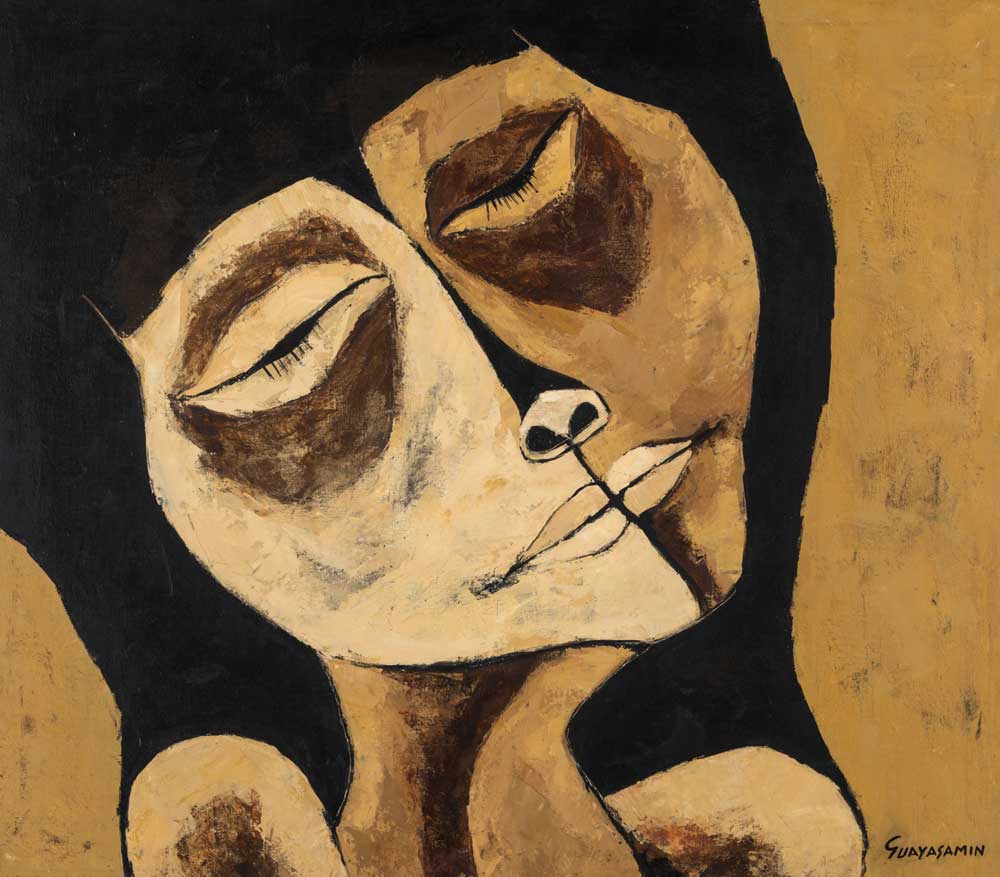
A 120-meter mural painted by the Ecuadorian artist Oswaldo Guayasamín witnessed the transit of thousands of people between Spain and Latin America fo
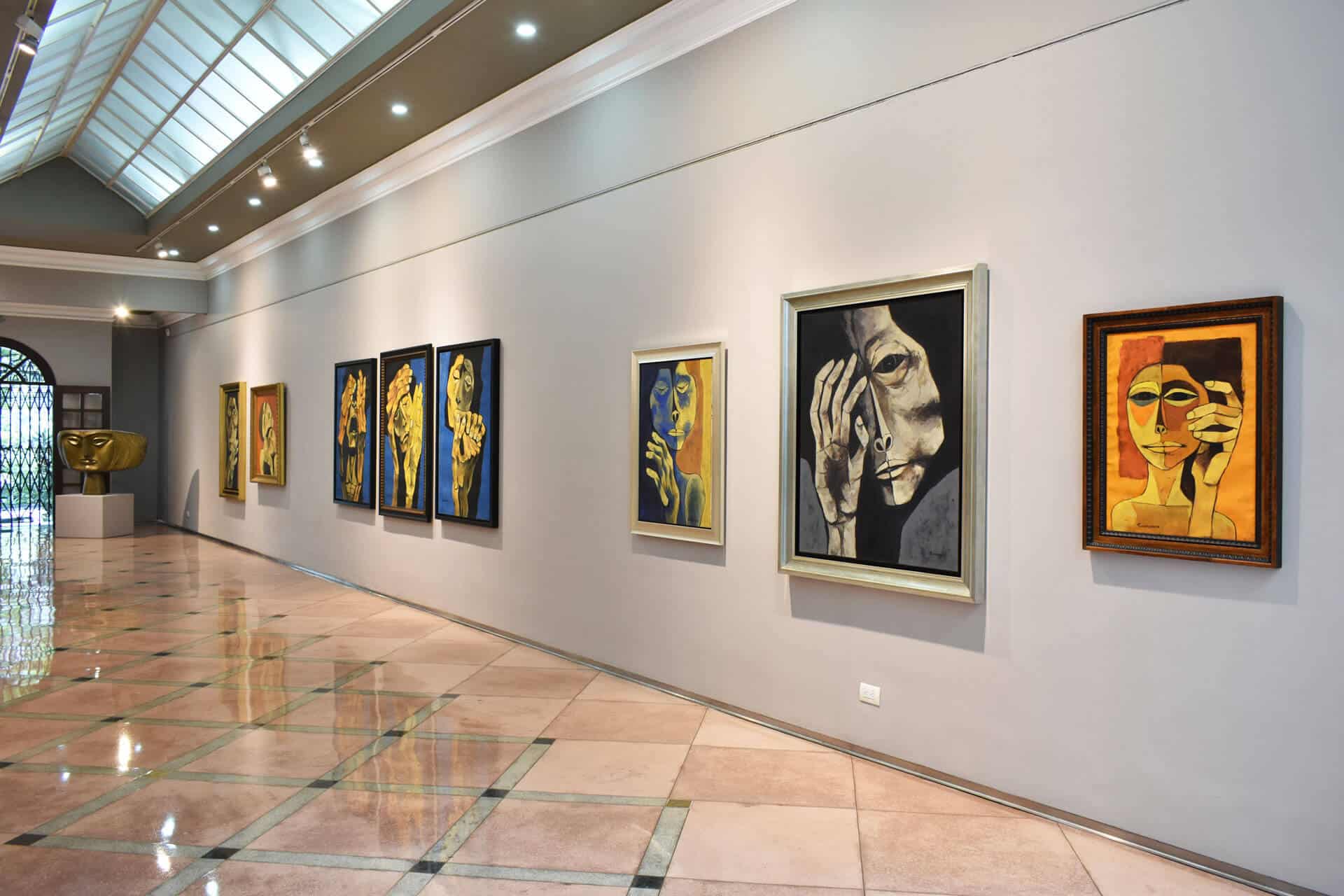
Oswaldo Guayasamín is one of the most recognized representatives of Latin American plastic art. In 1999, the year of his death, he was declared the p
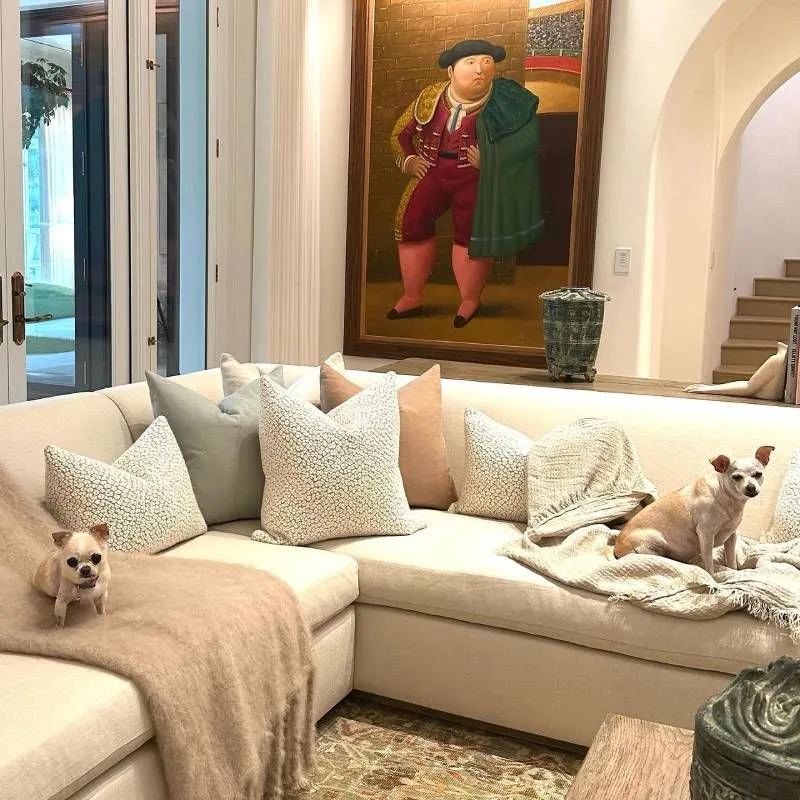
Investing in art can be one of the most exciting and rewarding decisions you make. Beyond its aesthetic value, art has established itself as an intel
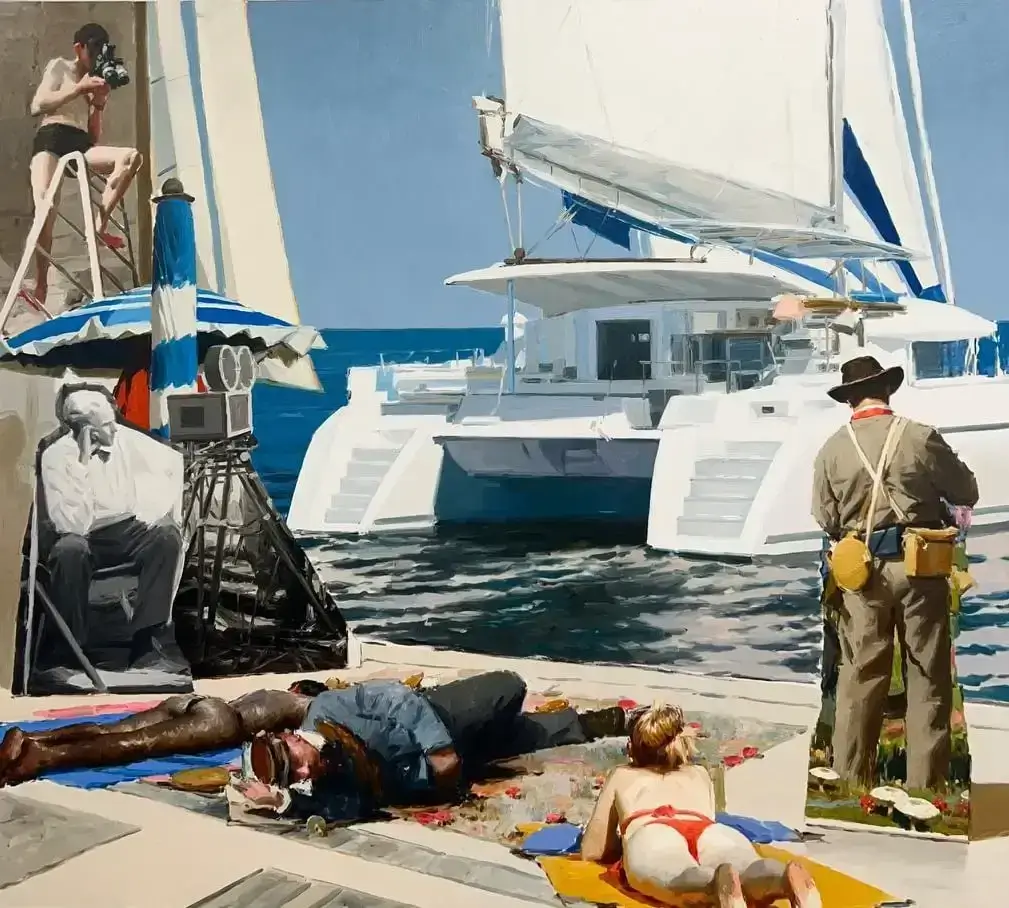
Latin American art is a reflection of the rich history and culture of the region. From ancient pre-Columbian civilizations to the most avant-garde co

